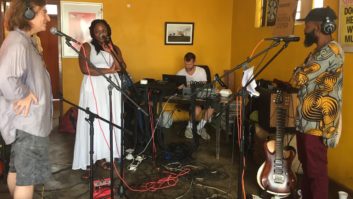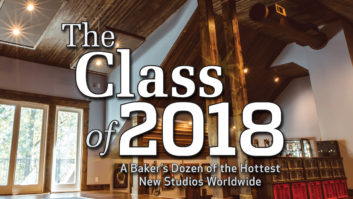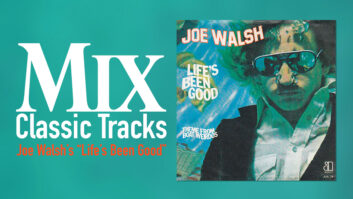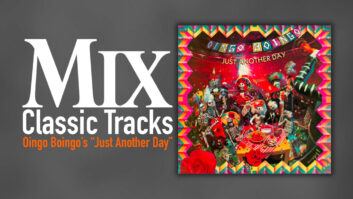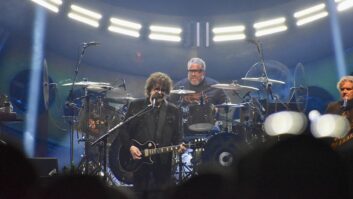This past April, Harvard University named Grammy-winning artist Angelique Kidjo its 2018 Jazz Master, in honor of her inspiring artistry and activism. Originating from Benin, Africa, Kidjo is an international treasure, dedicated to improving the lives of women and girls around the world, and using her magnificent voice to unite cultures through music.
Kidjo’s latest album travels a circular route toward cultural exchange; she’s re-created the Talking Heads’ Remain in Light her way. “As Remain in Light was influenced by the music of my continent, I want to pay back the homage and create my own African take on Talking Heads songs,” Kidjo says. “We all know that rock music came from the blues and thus from Africa. Now is the time to bring rock back to Africa, connect our minds, and bring all our sounds to a new level of sharing and understanding.”
Kidjo and her husband, musician/engineer Jean Hebrail, first created demos of new arrangements, which included Kidjo’s lead vocals, guitar parts by Lionel Loueke and Dominic James, percussion by Kidjo’s touring bandmate Magatte Sow, and bass by Rody Cereyon.
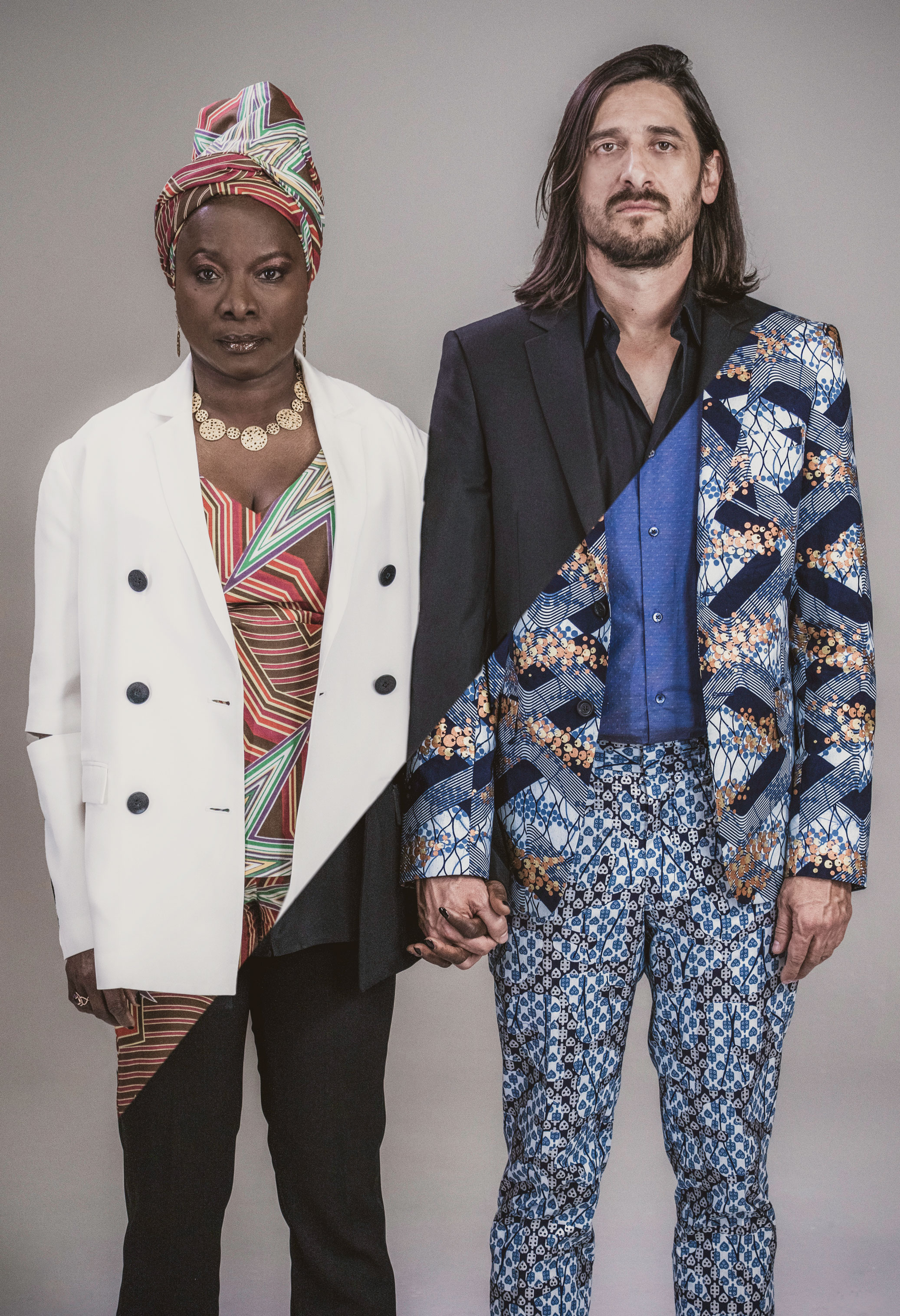
“Some of the vocals were recorded in the studio we have in our place in Brooklyn,” Hebrail explains. “It is not a big room, but we have a few acoustic panels and African wooden sculptures on the wall. The rest of the vocals were recorded in the living room of our place in France.
“In Brooklyn we used a Telefunken Elam 251,” Hebrail continues. “Tony Visconti introduced us to this microphone when we worked with him on the Djin Djin album, and Angelique loves it because of its tone. When she sings really loud, it is able to take the heat. We never compress the vocal when we record. With the Elam we had an old Brent Averill preamp from when they used to recycle the original Neve 1072 components. In Paris we had a Neumann U67 with a DW Fearn preamp going into an Apogee Duet interface into the laptop. The acoustic treatment [for the demos] was not optimal, but being home always makes a big difference, as Angelique hates studios!”
If she hates studios, then Kidjo picked the perfect time to connect with producer Jeff Bhasker; he and engineer Ryan Nasci had just set up a new studio called Green Oak in a house in Bhasker’s So Cal neighborhood. Four rooms in the house were converted for recording: The living room is the control room, where a lot of tracking also happens; a bedroom is wired for bass and guitar amps; a den serves as a “dead room” where Bhasker and Nasci record a lot of acoustic guitars, as well as some drums, horns and vocals; and a sun room is known as the live room, for its many reflective surfaces (plate glass windows, hardwood floors, etc.). Green Oak is fitted with a vintage Trident B Range console, Pro Tools 12 rig, and ATC SMC45 and Yamaha NS-10 monitors.
“This was one of the first major sessions we had there,” Nasci says. “He just had his first son, so he wanted to be nearby.”
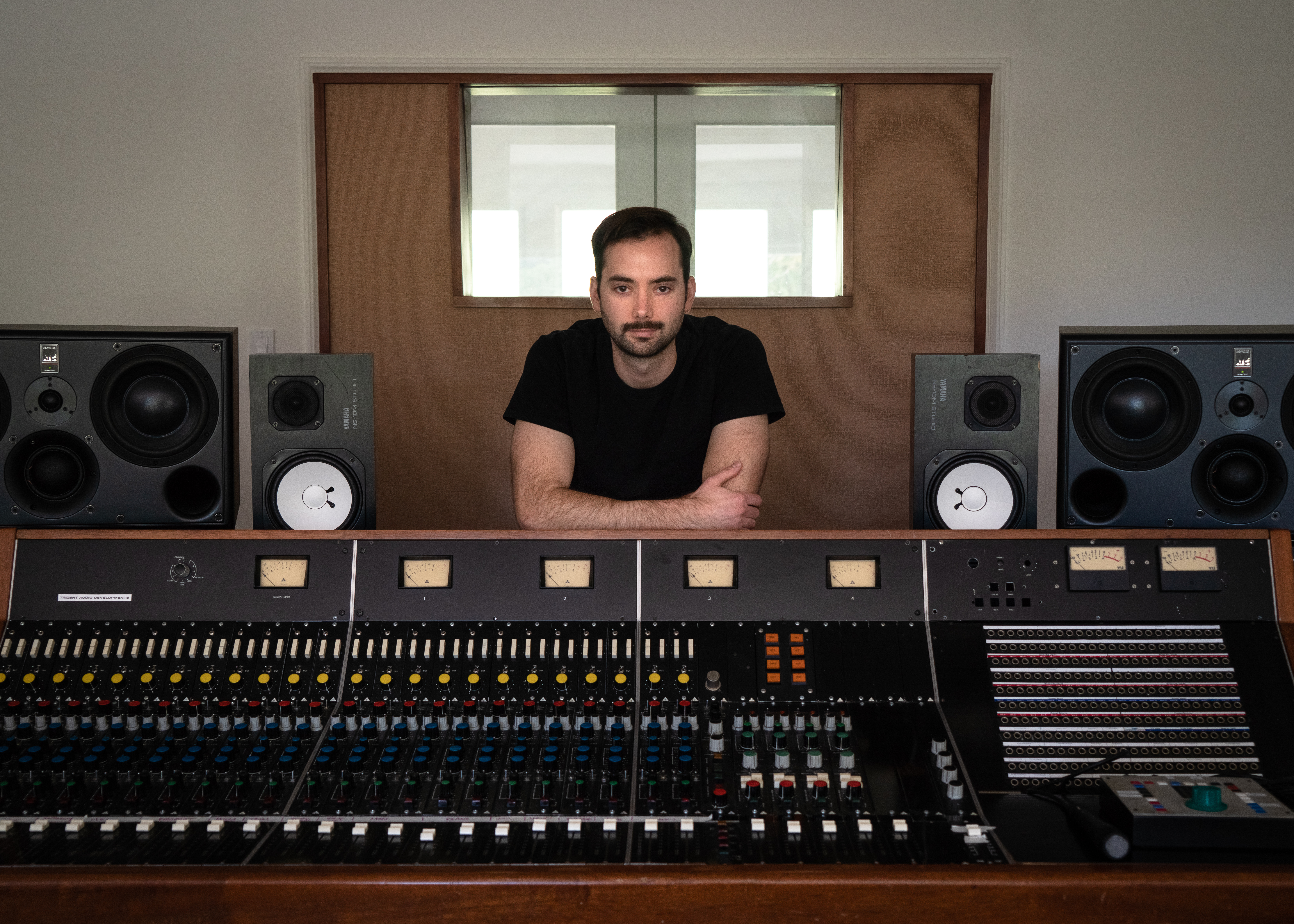
Kidjo and Hebrail sent Bhasker the demos and the project moved into Green Oak, where some replacement and additional parts were cut.
“Angelique had done an amazing job interpreting the vocal [on the demos],” Bhasker says. “The original is largely chanted, so she came up with melodies that were great. In addition, the African chants she added were a stroke of genius.”
Related: Jeff Bhasker’s Amazing Year, by Bud Scoppa, March 1, 2013
Bhasker kept most of Kidjo’s lead vocals from the demo sessions, as well as many of the guitar and bass parts, though Nasci later re-amped guitars via Softube Fender Tweed emulation software to add character.
“The first song we tackled was ‘Once in a Lifetime,’” Nasci says. “That song has a lot of energy, and the way she-we ended up interpreting it, I thought, shaped the way for the album. [On the original,] David Byrne was preaching in that song, but she sings it. It’s a lighter, more joyous interpretation.”
Sessions in Green Oak began with percussion, with Sow playing djembe in the sun room. “I hadn’t recorded djembe in years, so I just asked Magatte what they typically use, and he said, ‘a 57.’ So I put up a 57 and for the room I used an AEA R88 ribbon mic into a couple of dbx 160 compressors, and really compressed the room—it was crazy-sounding and super-cool. I also put a Solomon Microphones Sub Mic underneath to capture the low end.
Related: An Interview with Angelique Kidjo About Recording the Album Black Ivory Soul, by Chris J. Walker, Sep. 1, 2002
“Margatte also played the calabash, a dome-shaped drum that you put on the floor. He puts a ring on and hits it either with his fist or the top of the ring; his fist and the ring are the kick and the snare. That was also miked with a 57 with the Sub Mic underneath.
“I thought it was interesting to put these African instruments that are typically played outside inside this crazy-sounding room and compress and squeeze the room mics to get a lot of energy out of it,” Nasci says.
Kidjo’s vocals from the demos and the new percussion tracks formed the core of the arrangements. Bhasker’s keyboards were often laid down next, after percussion.
“I played a Juno 6, Juno 106 and a Micromoog, which I use a lot on my records,” Bhasker says. “To me, they provide a strong contrast representing the modern colonial Western world clashing with the traditional percussion instruments and culture, particularly on ‘Listening Wind.’ That is such a huge part of this album lyrically and thematically.”
“Listening Wind” also features Martín Perna from afrobeat group Antibalas on flute. “I captured flute with a Neumann U67, and I was running it through a Korg SDD-3000 delay,” Nasci recalls. “I had an aux on the board, so I was able to ride the delays as he was playing live.”
The Antibalas horn players also contribute trumpet, saxophone and trombone parts on the album. Nasci set them up in the dead room with a Royer 121 on Todd Simon’s trumpet, Neumann U67 on Perna’s sax and Shure SM57 on Raymond Mason’s trombone. “I also placed an R88 in the live room, to get that intense live room sound,” Nasci says.
Additional guest artists helped realize Remain in Light: Pino Paladino plays bass on “Born Under Punches,” “Once in a Lifetime” and “Seen and Not Seen.”
“He used his ’60s P-Bass and a cool old Italian bass that has a really weird sound. We used an Avalon U5 DI into one of the Trident pre’s and an 1176, and I re-amped it later.” Nasci says.
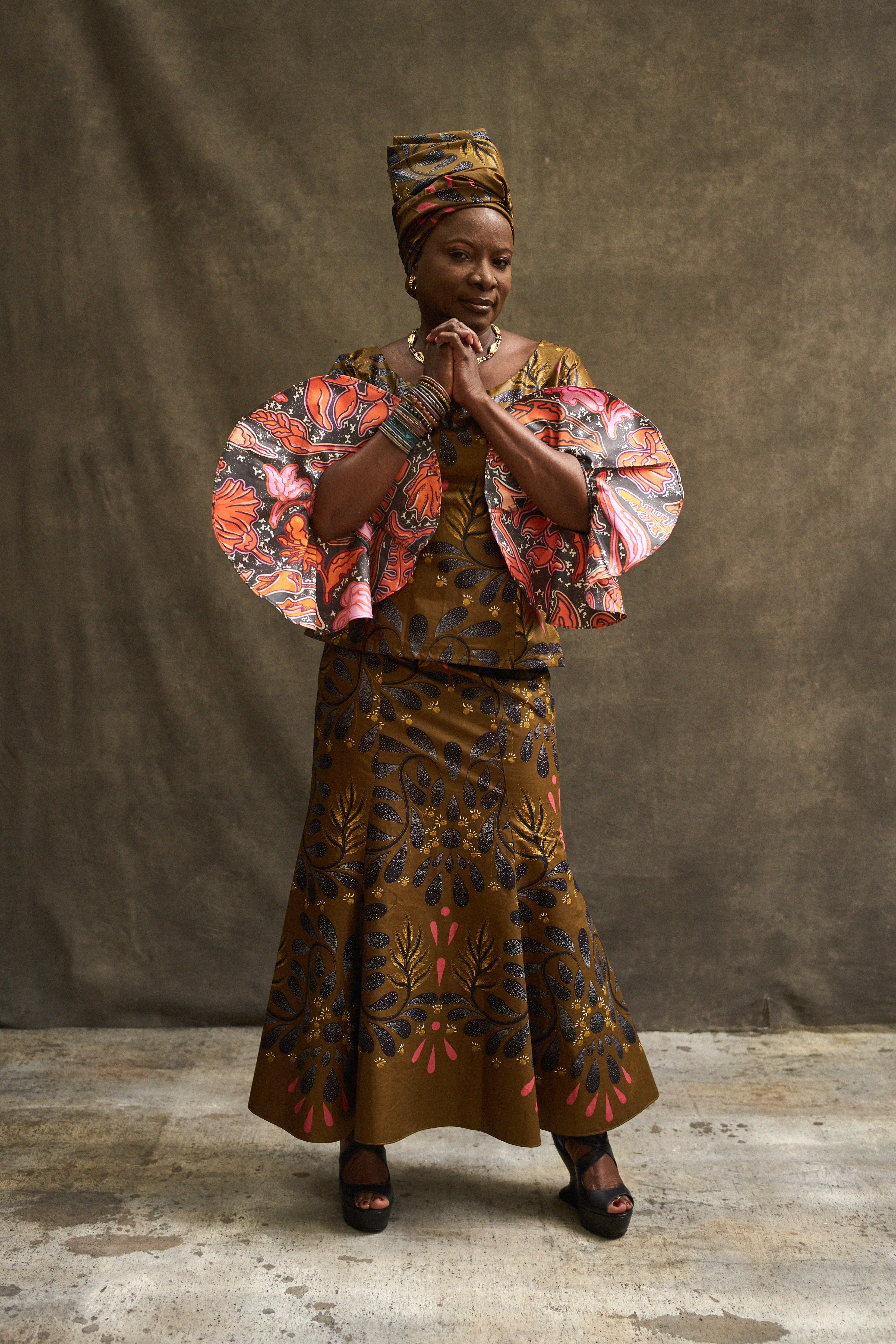
Also, Tony Allen plays drums on “Houses in Motion” and “Crosseyed and Painless,” and Ezra Koenig from Vampire Weekend added vocals to “Listening Wind.”
“For every song, Angelique added an African saying, so she had him sing that,” Nasci says. “It was pretty fun to record him singing in a language he typically doesn’t speak. We had him in the control room with a U67 and an 1176.”
Once the team at Green Oak had created and massaged all of the elements, Nasci created rough mixes that went along with the tracks to Michael Brauer to mix. This summer, Kidjo will be on tour, performing her re-imagined Remain in Light in its entirety—a remarkable way for listeners to experience her joyful approach to these songs.
“The first time [Bhasker] met Angelique was in a live situation; he was the musical director of a benefit concert in London,” Hebrail recalls. “It gave him a great perspective on who Angelique is as a performer, and he captured this magic and energy.”
Angelique Kidjo • www.kidjo.com
Kidjo’s Remain in Light • www.kidjo.com/remain-in-light

